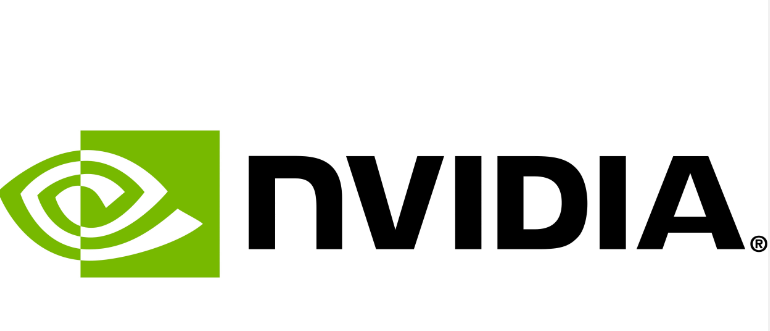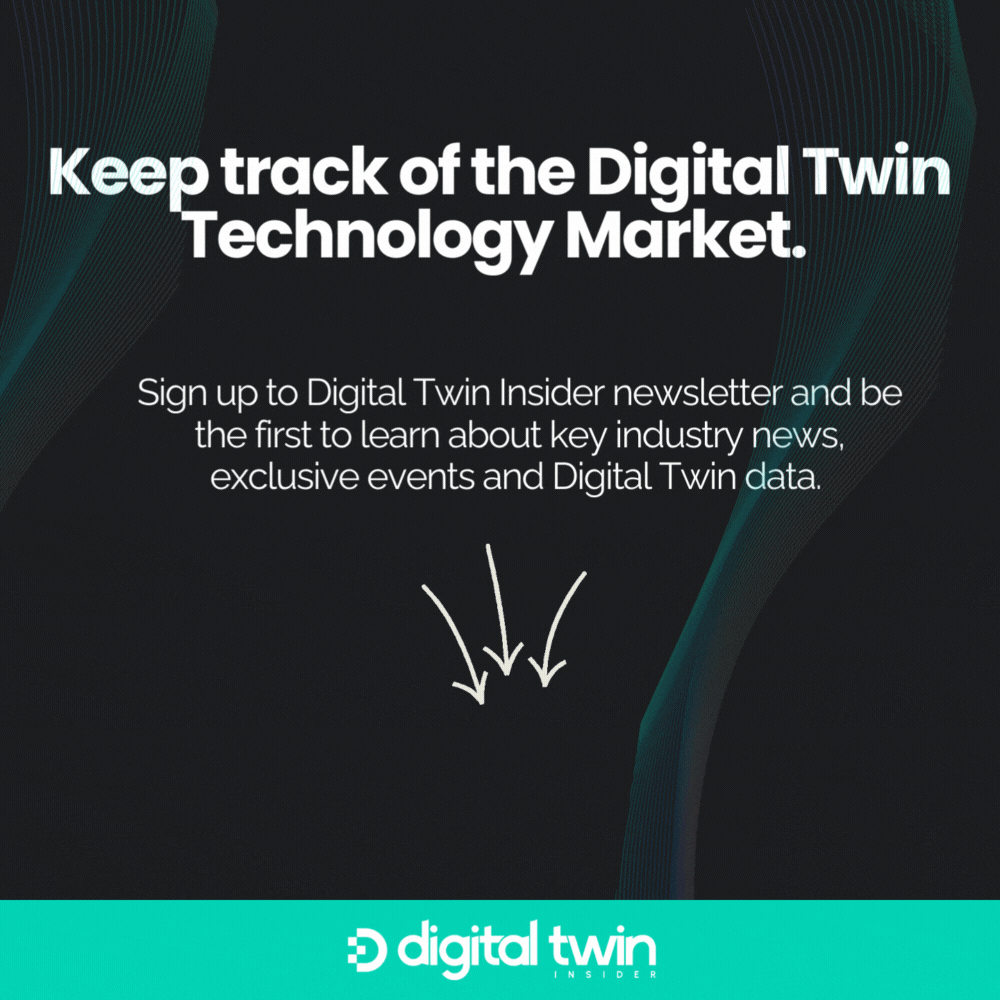As things stand, NVIDIA today is by far the AI chip champion, without doubt. Its offerings already powers far more training for large language models (LLM), robotics and autonomous vehicles than any other on the market. But now it’s setting its sights on being the de facto platform for building digital twins — high-fidelity 3D simulations that can model anything from factories to entire cities or even the Earth itself. In November, Jensen Huang, CEO of NVIDIA, unveiled the company’s new supercomputer for AI: Earth-2. This new AI supercomputer will be based in the cloud and will strive to generate a digital copy of our planet to model patterns of weather, climate change, and potential disasters. At least, that is how ambitious the vision being hawked by Mike Geyer, head of digital twins at NVIDIA, is, with the assertion the company can execute the plan through the scalable architecture of Omniverse.
“What Jensen talked about with the digital twin of Earth-2 is really kind of mind-blowing when you think about creating a digital twin, a functioning 3D digital model that can predict weather patterns,” said Geyer in a recent interview. “We’re really trying to help the whole world determine when and if there might be a disaster coming so that we can get people out of the way.”
While a planetary digital twin is the ultimate long-term goal, Geyer explained that NVIDIA is already seeing significant industry adoption for digital twin applications at the factory and city scale, particularly in sectors like automotive, warehousing, semiconductor manufacturing and more.

“There’s hundreds of millions, hundreds of billions being invested in new factories all around the world, and that’s what’s driving this need to create digital twins of these facilities,” Geyer stated. “Today they’re built on site — the problem solving is done by trades people banging metal. They’re really not able to do this problem solving until the physical facility is built, so they’re trying to get those things open quicker, more efficiently, and do all the problem solving and hard decisions in the digital twin.”
By creating ultra-realistic 3D simulations first, companies can iterate on designs, test configurations, and work out issues before ever breaking ground on physical construction. This can save millions or even billions through increased efficiency and faster time-to-operation.
However, building these rich, data-driven digital twins requires massive computing power and NVIDIA’s software stack, according to Geyer. “Being able to work with high-end systems allows you to work in real-time. You do need high-end hardware to run these things and achieve the real-time ray tracing.”
The core technology behind Omniverse’s ability to handle these massively complex scenarios is NVIDIA’s Unified Scene Description (USD) data format.
“USD is one of the key components of Omniverse — it’s what really allows us to scale up and scale down, from a factory to a city to the entire planet,” explained Geyer.
While the initial digital twin implementations have been in industrial sectors like manufacturing, Geyer sees significant potential for cross-pollination with other domains like entertainment and virtual production.
“At the end of the day, it’s a data processing and pipeline problem, and the core of it is very similar, although the output looks very different,” he said.
Looking to the future, Geyer hinted that NVIDIA’s ambitions could extend even beyond simply modeling our own planet. When asked what he would run on NVIDIA’s new Earth-2 supercomputer given an hour, he quipped: “I would try to see how many of the HD Hyundai container ships we looked at I could get. I’d see if I could put a million ships on that supercomputer!”
Whether modeling fleets of ships or entire galaxies, it’s clear NVIDIA has big plans to push the boundaries of what’s possible with digital twins. As Geyer put it: “As humans, we’re going to always find bigger, harder problems to go solve, and the compute’s got to be able to move up with that.”
If you found this article to be informative, you can explore more current Digital Twin news here exclusives, interviews, and podcasts.













